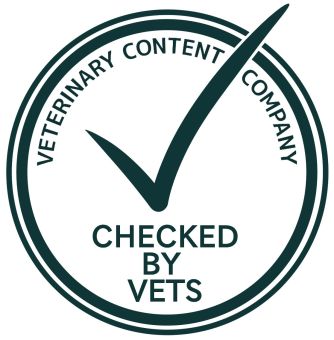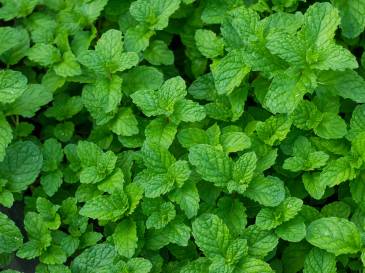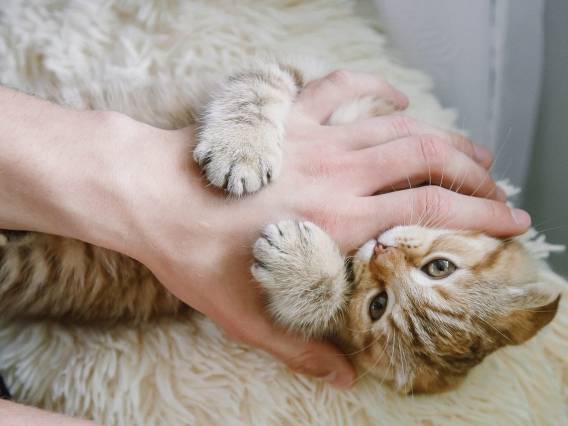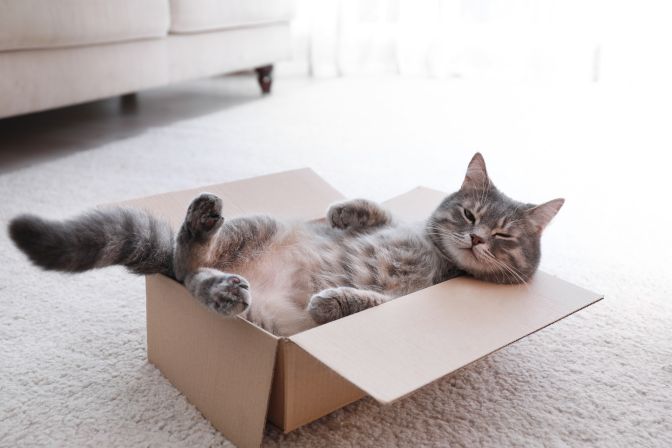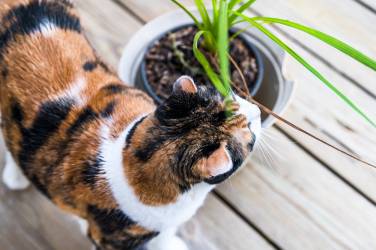
Connect with a verified veterinarian in minutes. Licensed vets are available 24/7 to answer your questions. No need to worry about your furry family member.
Do you have a dracaena plant in your home? If so, then you’re in good company! These popular houseplants are found in many homes around the world.
If you have a dracaena plant and one or more cats, then you need to be aware that this isn’t a good mix.
What is a Dracaena Plant?
You’ll recognize this plant by its long, thing leaves that are edged in red. The tree originates from Madagascar, so does well in a warm climate, but prefers lots of indirect light.
The outdoor versions of this plant have pretty white flower and berries. However, the indoor plant rarely develops flowers or berries. What’s more, these are great plants for those who may not be very attentive or remember to care for their plants.
The dracaena plant is a very popular houseplant, though in reality, it is a tree.
Also called a Dragon Tree, the dracaena is pretty hardy and drought tolerant. Inside, the tree/plant is usually kept to about 6ft tall, while outside they can grow up to 20ft.
Unfortunately, these plants are toxic to cats. This is because all parts of the plant contain chemical called saponins.
Saponins have been used as soap, because they produce foam in water. These chemicals are also used in some medications, fire extinguishers, as dietary supplements, and even in carbonated drinks.
Dracaena Plants Are Toxic to Cats
The chemicals contained in the dracaena plant are toxic to cats (and dogs).
You may notice these symptoms if your cat has eaten parts of your dracaena (dragon plant):
- Vomiting (may contain blood)
- Diarrhea
- Weakness
- Excessively drooling
- Loss of appetite
- Depression
- Dilated pupils (pupils of their eyes look bigger than normal)
If you know or suspect your cat has eaten dracaena leaves, then it’s a good idea to call the vet. The main reason is that the combination of vomiting/drooling/diarrhea can lead to serious dehydration in your fur baby. This can be a serious problem if left untreated.
At this point, you may be wondering if it’s necessary to get rid of your dracaena plant(s). Not necessarily. It is important to keep all dracaena plants well out of reach of your pets, where there is no chance of them being able to eat them. This way your kitty won’t be able to eat the plant. Your plant and your cat will both be happier this way!
Connect with a verified veterinarian in minutes. Licensed vets are available 24/7 to answer your questions. No need to worry about your furry family member.

Evie Moloney, RCVS
This article has been reviewed and approved by an independent Veterinarian: Evie is a vet surgeon who graduated from the University College Dublin, which is the only university offering the veterinary medicine degree in Ireland. She really enjoys surgery and has also worked as an emergency and critical care vet. She is passionate about sharing education about preventative health care for pets, especially the importance of regular dog and cat teeth brushing at home. She also enjoys helping owners find practical solutions for keeping pets as comfortable as possible while living with conditions such as arthritis. When not working, she enjoys hiking and swimming.
Review symptoms, medications & behavior to keep your pets healthy with a Vet Online in just minutes.
Ask a Vet Live Now

